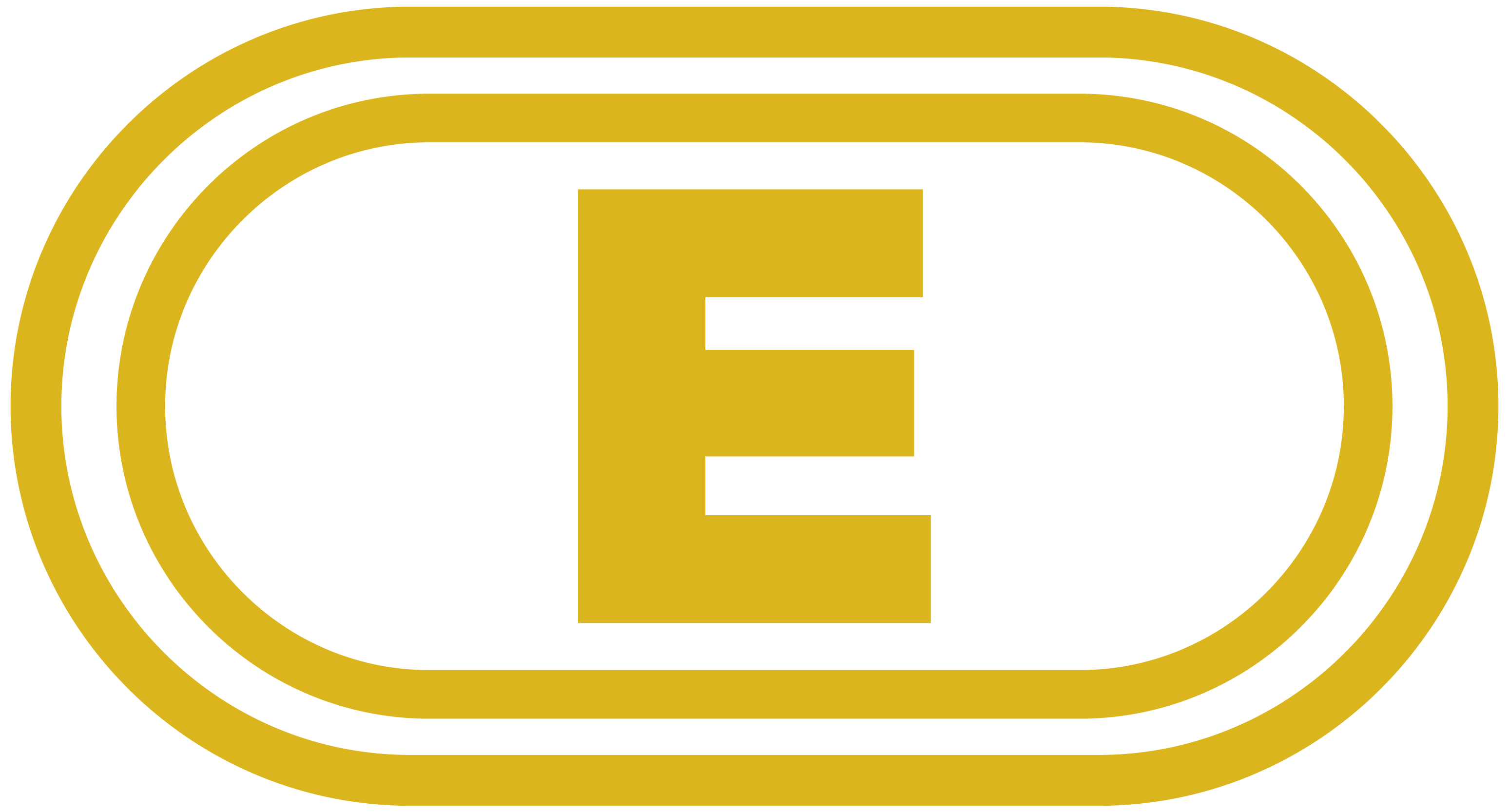Up until 2018, Southwest Airlines was rated one of the safest airlines in the world. That all changed when on April 17th, 2018 Southwest flight #1380 out of New York emergency-landed in Philadelphia after an engine exploded mid-flight and cost one passenger their life. With the ease of access to information provided by social media, word of accidents can spread quickly and do damage to a businesses’ brand that can quickly become beyond repair. However, this did not happen to Southwest Airlines. People still trust Southwest today, but why?
The answer lies in how Southwest handled the moments immediately following the crisis. Ultimately, Southwest succeeded in minimizing the damage this accident caused its brand by having a crisis management plan in place to help them quickly and effectively respond to that accident on April 17th. Accidents happen, and with all of the liability posed by Covid-19 it is essential for companies to have a crisis management plan in place to protect itself when they do. So, what can we learn from Southwest about planning for the worst?
1. Have a Plan
Thinking about how to handle a crisis once it happens is too late. Southwest succeeded because they knew exactly how they would respond in the event of an emergency. The crew on the flight was properly trained and prevented further catastrophe, Southwest’s PR team acted quickly to be transparent on social media, their CEO, Gary Kelly made a sincere and direct apology to the families of those on board before addressing the media, and the passengers were not only accommodated financially, but taken care of emotionally. Southwest responded well because all of these actions were part of a company operating procedure; everyone from the crew on the flight, to the PR Team and top-level management knew exactly what to do in a time of crisis.
2. Be Prepared to Address the Media
In the digital age, some of the most adept and critical reporters are those without credentials. Cell phone cameras and social media have turned into one of the biggest sources of information for all consumers. After the engine ruptured and a passenger was partially sucked out of her window on Southwest flight #1380, all other passengers were scrambling to do two things: put on the yellow oxygen masks hanging from the ceiling and download the plane Wifi to send out what was going on. One passenger, Marty Martinez, even live-streamed the perilous descent on his Facebook account commenting, “It appears that we are going down!”
With so much unstructured information being published at once, the incident could have done unrecoverable damage to Southwest, its image, and its operations. However, Southwest has a social media ‘listening’ team that allowed them to quickly access the posts being sent and appropriately form a response to the events. Luarie Barnett, Southwest’s managing director of communications, even noted that the passengers’ social media posts provided, “information [that] aided the response” since it gave executives clear and timely insight to what was going on. CEO Gary Kelly was able to issue a quick and empathetic response, the company logo changed in order to reflect the disaster, and the company halted all marketing and advertising efforts to be sensitive to the crisis. In the aftermath of the incident, Southwest had to compensate families and deal with lawsuits, but according to a poll of 2,000 American adults conducted by YouGuv, nearly half of participants still had a positive view of Southwest- the highest approval for any US airline. Without Southwest’s exceptional crisis response team, the consequences of this tragedy could have been even much worse.
3. Build Consensus with Affected Groups
A crisis does a lot of harm to the people, organizations, and sometimes even the physical surroundings of the area where it unfolded. It is vital that businesses responsible for a crisis bring all parties involved together to make sure those impacted are taken care of, and the company can begin to move forward in repairing itself. Those directly impacted should be taken care of first. In this case, those hurt were the passengers on the flight. Southwest moved quickly to take care of its customers. The airline guaranteed them a stay in a Philadelphia hotel, reached out to all passengers with personal phone calls offering them emotional support, refunded them $5,000, and gave them a $1,000 voucher.
Next, Southwest had to ensure that they were on the same page with Boeing, the maker of the plane that crashed. Southwest’s fleet was and has always been exclusively composed of Boeing 737s. Combined with other 737 accidents that year, the damage to Boeing’s brand and Southwest’s brand was synonymous. It was unfeasible for Southwest to cut their ties with Boeing altogether, so the two companies had to cooperate to ensure each other’s future.
Ultimately, Southwest protected itself from further damage because everyone from the CEO to the people managing the company Twitter knew exactly what to do if a crisis unfolded.
